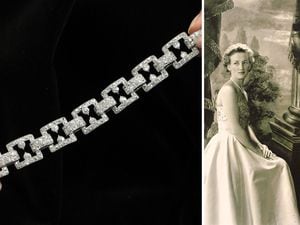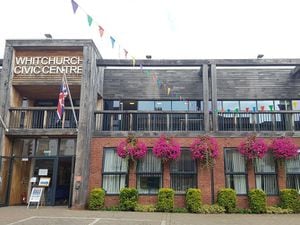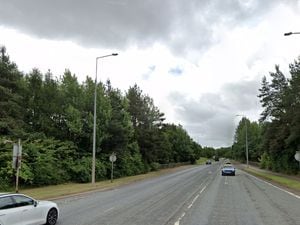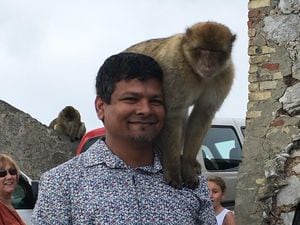Damselflies return to Shropshire nature reserve
Red-eyed damselflies haven’t been seen on the Moss near Whitchurch since 1950.
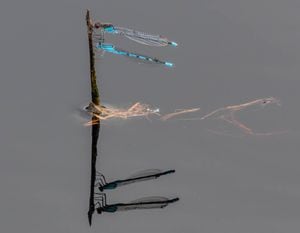
That was until photographer Stephen Barlow took this picture of the insect which has been rediscovered after a lapse of 68 years on the Fenn’s, Whixall and Bettisfield Mosses National Nature Reserve (NNR).
It was taken on the linear cell-dams - a new technique being used to keep rainwater on the mosses for longer.
For the last 27 years, Natural England and Natural Resources Wales have slowly been restoring the NNR.
This has raised the bog water levels so that internationally threatened bog plants and animals could thrive once more.
Natural England’s Marches Mosses BogLIFE project officer Dr Joan Daniels said: "This is a fantastic find by our volunteer photographer and it confirms the potential of our new method of re-wetting the outer areas of the Mosses to bring some of our very special bog species back from the brink."
European funds secured under the Marches Mosses BogLIFE Project have enabled the new technique to be used to mend damaged non-patterned peats.
Excavators remove surface vegetation in a line and good wet peat is dug up from below the porous damaged surface peats. This is repacked into the line and capped with the surface vegetation for protection.
Lines are connected to make 20 to 40m cells, like paddy fields, which will retain shallow water and keep the bog surface squidgy, slowing the flow of water off the bog and enabling bogmosses, cottonsedges, raft spiders, curlew, dragonflies and damselflies to thrive again.
Red-eyed damselflies are around 35mm long and usually fly from May to September.
The male has deep red eyes and a blue tail at the end of the abdomen. Females have short, yellowish stripes with greenish sides to the thorax, green-brown eyes and no blue tail.

